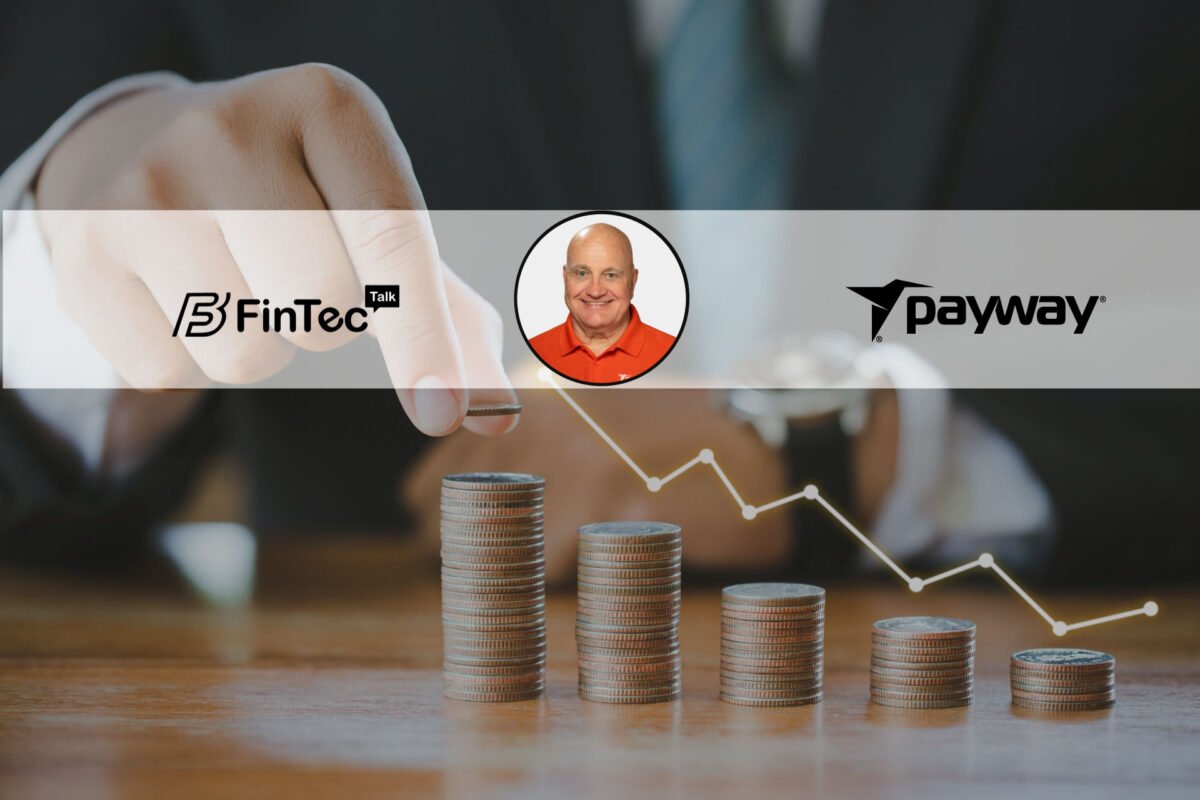Procurement is shifting from cost control to strategic command, AI and automation are driving the change.
Shaz, after more than a decade leading Vroozi, what personal experiences or industry insights have most influenced your vision for transforming procurement into a true strategic function?
My vision has been influenced by both internal and external factors. On a personal level, as CEO and founder, I’ve seen a shift from a “whatever it takes” mentality to one of empathy and understanding how employees are inspired. It’s crucial to keep the mission and product line relevant for both employees and customers. On the customer side, I’ve learned that it’s not just about winning or losing a deal; it’s about building relationships. We’ve seen countless examples at Vroozi where maintaining close contact with companies, even those we didn’t win business from, has led to downstream opportunities.
You’ve described a shift toward “Procurement First” organizations. How does this mindset change the way procurement teams interact with other departments?
Procurement has a responsibility to brand itself as a center of excellence. It must serve not only the core needs of sourcing and procurement but also act as a strategic voice within various departments and the C-suite. For example, procurement should have a seat at the table during product innovation, offering insights on sustainable materials that can be sourced competitively and have a better quality and longer shelf life. This knowledge base within the procurement department can drive more value in the final product. The focus shifts from a purely transactional nature to one that leverages the knowledge of categories to drive more value.
AI is reshaping nearly every corner of business. What do you see as the key differences between task-driven AI agents and more autonomous agentic AI, especially in procurement?
Both task-driven and autonomous AI agents can drive immense value and live side by side. Structured, task-oriented AI agents are valuable for specific use cases like identifying supplier risk, executing purchase orders, or finding new suppliers for a given spend category. These can be distributed across an organization to achieve outcomes without requiring an “army of people.” Autonomous agentic AI, on the other hand, is an area of tremendous growth, but it relies on “very disciplined, structured human input.” Companies must decide how much autonomy they are willing to give their systems, as there is a certain level of risk, such as overpayment, that they must be willing to accept. While both can live in harmony, the widespread adoption of agentic AI in procurement will likely take a little longer.
As procurement teams evolve, they’re increasingly described as the “bodyguards” of the enterprise. How do you see them balancing this protective role with their responsibility to drive innovation?
Procurement has a dual responsibility. While they are paid to be the “bodyguard” and execute on policies and procedures to drive cost savings, they also need to have a hyperfocus on co-innovation with other departments. This co-innovation can involve being the gatekeeper for an organization’s application stack or developing innovation labs to pilot new initiatives with suppliers. By innovating across all departments, procurement can generate tremendous value and transform from being seen as a cost center to a profit center.
Many industries use gamification to influence behavior, yet procurement rarely does. What untapped opportunities do you see in applying gamification and rewards to encourage smarter spending decisions?
This is a very underrepresented area where procurement has the responsibility to take a leadership position. Most employees need products to do their jobs, and since they are spending the company’s money, there is little incentive to follow policy. When you gamify behavior and codify rewards for good behavior, you drive good behavior. The goal is to incentivize employees to do the right thing. The reward doesn’t have to be monetary; it can be a soft reward. Gamification provides a mechanism to credit employees for making decisions that drive savings.
Speed is becoming a competitive advantage. How do you see the transition from lengthy vendor evaluation processes to rapid AI-assisted decisions reshaping procurement strategies?
The traditional “source-to-pay” process, which involves extensive documentation, searching, and negotiation, can take months. With the rise of AI and GPT engines, companies can now take a process that took months and bring it down to just a few hours. This allows for finding the right suppliers, engaging in dialogue, and making informed decisions much faster. AI allows companies to get what they want faster and at a quality level that is within an acceptable tolerance of what they’re doing today. It’s a balancing act between employing technology and accepting risk.
With procurement departments now hiring data scientists and market analysts, what new day-to-day responsibilities are emerging for these modern teams?
The emerging responsibilities revolve around data governance, which includes data cleansing, extraction, and analysis. Clean data is a prerequisite for leveraging new AI tools. It doesn’t have to be perfectly clean, just “good enough,” and it is up to each procurement department to define what that means. Additionally, there’s a new “art of data mining,” a sort of “Sherlock Holmes” work to find and extract valuable data from repositories within large companies. The teams that can effectively access and use this historical data will win and adapt much faster.
Vroozi recently expanded its intelligent automation capabilities to process purchase requisitions directly from documents like quotes and contracts. How does this innovation change the efficiency equation for procurement leaders?
This innovation drives tremendous efficiency in two key ways. First, it offers significant time and labor savings by eliminating the manual entry of data from supplier quotes, work orders, or contracts. What used to take weeks of transposing data can now be done in minutes. Second, it provides incredible financial visibility. The AI system creates a full bill of materials with the correct coding objects, giving procurement leaders a clear view of where money is being spent.
What cultural or organizational shifts are necessary for companies to fully embrace procurement as a command center rather than just a back-office function?
There has to be a strong commitment to making procurement more visible within the organization. Procurement must have strong leadership from within to drive its mission forward. This shift means managing not just the transactional and sourcing layers but also the overall data governance and security posture of the organization. Procurement departments are increasingly being asked to do more with less people. To change the game, they need to be empowered and “equalized” with technology and AI.
Looking ahead, how do you envision procurement’s role evolving over the next five years, and what role do you see Vroozi playing in accelerating that transformation?
In the next five years, I envision procurement becoming a profit center and an innovation center. It will be the area of the business that knows the most about supply chain and revenue operations. Vroozi’s role is to help accelerate this transformation by enabling and equalizing procurement with technology and AI.
Stay Ahead of the Financial Curve with Our Latest Fintech News Updates!




